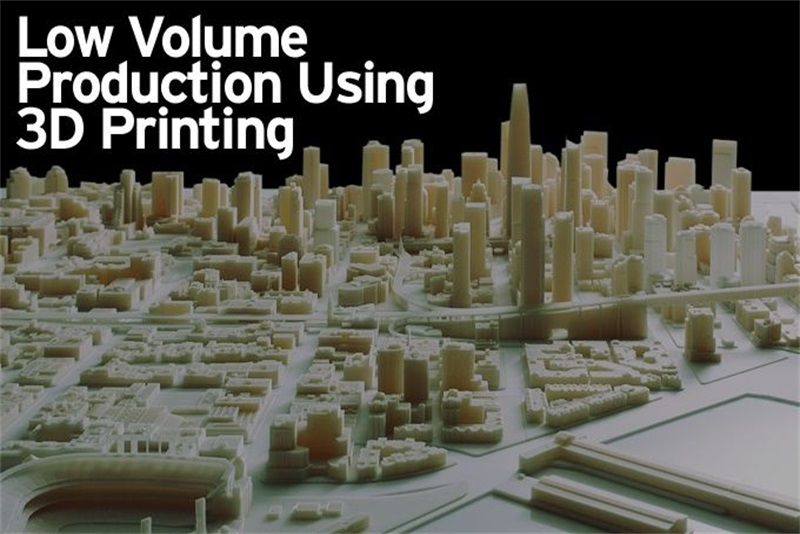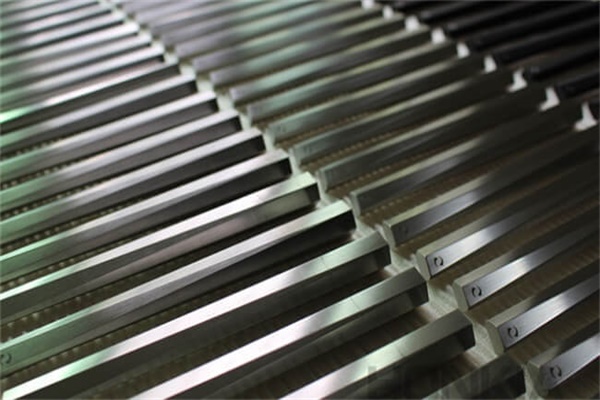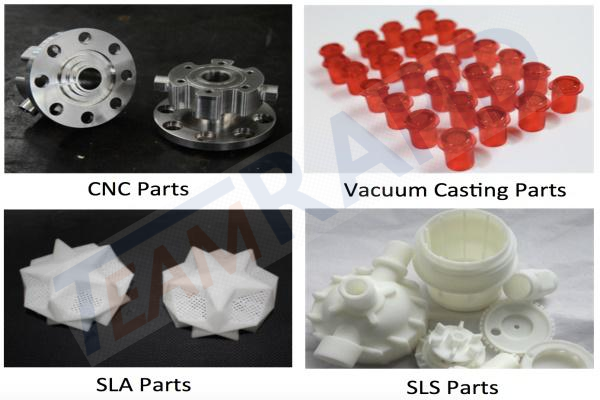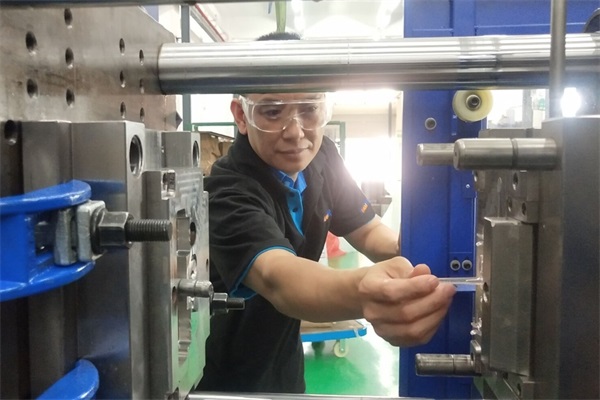If you are a new manufacturer in 3D printing industry, we would suggest do not rush to buy the 3D printing machines as some 3D printers are too simple or lack of important features for your manufacturing requirements. 3D printing low volume production is used for rapid prototyping and actual manufacturing. 3D printing allows free design, customization, easy assemble, low-volume manufacturing and low cost.
3D printing is economical for low-volume manufacturing. When designer and engineers can conceptualize and test prototypes, they can save time and money with 3D printing process. The production of the tooling is always the expensive part of product development to small to medium manufacturers. With 3D printing process, these cost is eliminated as it does not require tools or molds. It also shorten the lead time and lower down the labor cost. 3D printing, as an additive manufacturing, it is energy efficient. It can use more than 90% standard material to reduce waste, so, it is an Eco friendly process.
3D printing can save the lead time from months to weeks and days. Functional, testable, 3D printing low volume production can be done faster than before. Testing prototypes made by 3D printing process can be used to test impact resistance, chemical resistance and flexibility. Additive manufacturing is quick as the tools can be made by 3D printing in a short time. In traditional process, it will takes weeks to build the standard steel and aluminum tooling molds. And the design mistakes will not be found until the machining is finished. Design changes can be achieved until the final mold design and quality are finished. This will increase the costs and time.
If manufacturers need to produce less than 1,00 units, 3D printing is an ideal Low Volume Production method. The more manufacturers produce, the lower the cost will be when producing plastic parts. If production quality is small, injection molding process is more expensive. Manufacturers can buy about 20 3D printers for the cost of one injection molding system. It helps to raise the production rate and use the labor efficiently.
DMLS uses a precise and high wattage laser to weld metals and alloys to make functional metal components by CAD data. DMLS parts are strong and heat resistant. Other manufacturing processes can not produce these complex metal parts.
Stereolithography is an old 3D printing method. Engineers have to verify if stereolithography can be used to turn models into actual 3D printed items by converting liquid plastic into solid 3D parts. CAD files are required by most printing techniques to create the parts. CAD file has to be converted into a format which printers can understand.
Similar to stereolithography, DLP is a 3D process that works with photopolymers. DLP use a DMD which applied to the whole surface of the vat of photopolymer resin. DLP is quicker than stereolithography.
SLS is a rapid prototyping technology. It is able to produce many parts at one time. SLS is a good choice for DDM of parts which requires strength and heat resistance. SLS uses cos laser to fuse plastic, metal or ceramic powder together, layer by layer to build a solid part.
MJP is a 3D Printing process to create smooth, high resolution plastic parts with complex geometries. It is an additive manufacturing process to print thin layer of UV liquid plastics and wax support materials.
If you are new at 3D printing industry, do not rush to buy 3D printers. Contact TEAM Rapid at [email protected] , we will provide the help of 3D Printing Low Volume Production according to your project requirements.



